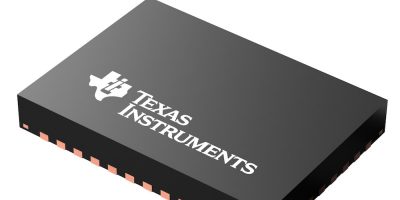Low noise, low cost MEMS capacitive accelerometer modules from Silicon Designs offer measurements on up to three orthogonal axes.
The Model 2210 series modules offer repeatable measurements across a variety of lower frequency vibration testing applications, including those common to vibration analysis, machinery control, modal analysis, robotics, and crash event detection, said Silicon Designs.
The modules are offered in standard ranges from ±2g to ±400g and incorporate a MEMS capacitive accelerometer chip together with high drive, low impedance buffering. They can be used in a Silicon Designs-recommended mounting block accessory, such as the Model 2330-BLK, to measure vibration and acceleration on either one, two, or three orthogonal axes with equal accuracy and repeatability. This degree of versatility in measurement allows customers to specify just one part number for multiple measurement requirements, reducing in-house costs and inventory counts.
All Silicon Designs’ Model 2210 series MEMS capacitive accelerometer modules generate two analogue voltage outputs which vary in response to applied acceleration. Customers can utilise either a single-ended or differential output. Using the latter doubles accelerometer sensitivity. The sensitive axis of the Model 2210 module is perpendicular to the package bottom, with positive acceleration defined as a force pushing on the bottom of that package. Output scale factor is independent from the supply voltage of +8.0 to +32V. At zero acceleration, differential output voltage is nominally 0V DC. At full scale, differential output is ±4V DC.
A simple, but robust, four-wire connection and internal voltage regulator minimise supply voltage variation effects. The MEMS capacitive sense element of each Model 2210 series accelerometer module is packaged within a lightweight, epoxy sealed and anodized aluminium housing which occupies a total footprint of one square inch (25mm), said Silicon Designs.
All Model 2210 series MEMS capacitive accelerometer modules are relatively insensitive to temperature changes and can self-calibrate.
Modules are designed, developed and manufactured at the company’s headquarters and ISO9001:2015 certified R&D centre, just outside of Seattle, Washington, USA. Each accelerometer also undergoes rigorous quality testing prior to shipment.






